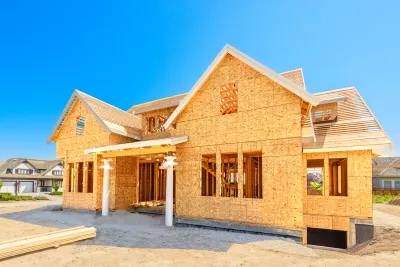What To Look for in a Newly Constructed Home

New homes are a bit different than their ‘existing’ counterparts. Everything in them is so shiny and new and it’s much easier to overlook structural defects and other problems in the dwellings.
Making it particularly difficult is the fact that you will have either a model home or someone else’s home which you accessed through a builder’s referral to look at and not your actual home.
Fortunately, there are ways to ensure that your new home doesn’t become a money pit. From checking builder references to hiring independent home inspectors who will monitor the entire business process to clearly communicating your wants and needs to the builder, there are myriad steps you can take to educate yourself on the new-home buying process.
For starters, make sure that the builder is properly licensed and insured. Do this by checking with your state’s Construction Industry Licensing Board and by asking to see the builder’s certificate of insurance. Next, ask for a list of customer references and call them. If possible try to visit at least one home to look for any structural problems or defects that might end up in your own home.
As you move through the home, open and close doors to make sure they operate correctly and check out the workmanship and operability of cabinets. Do not be afraid to ask the homeowners if they received good service from the builder after the sale because any builder will tell you that there is ‘no such thing as a perfect home.’
The builder who is responsive when it comes to follow-up work is the one you want to work with. Also in the realm of after-sale service is the home warranty, an area that you should discuss with your prospective builder. Most will offer a one-year warranty at minimum or an insured warranty that protects against major structural defects and is transferable to the new owner should you decide to sell it before it expires. Ask about the warranty, study the contract, familiarize yourself with it, and then ask questions.